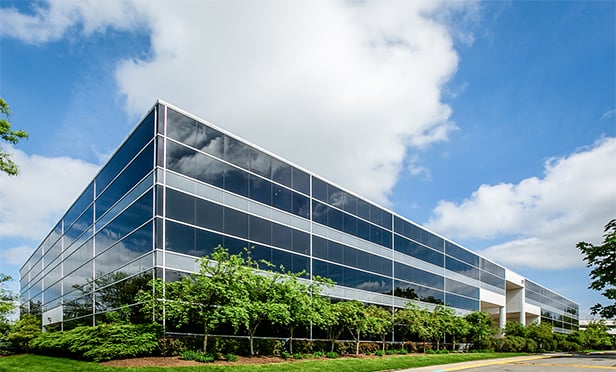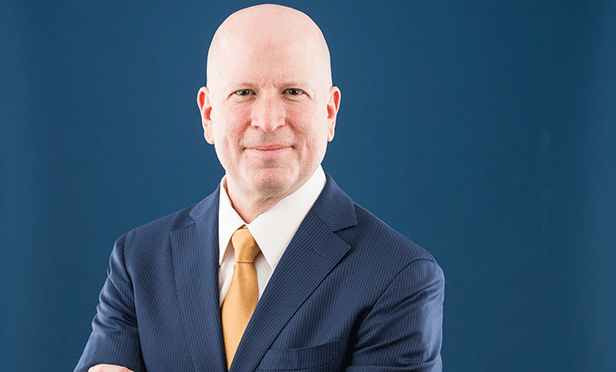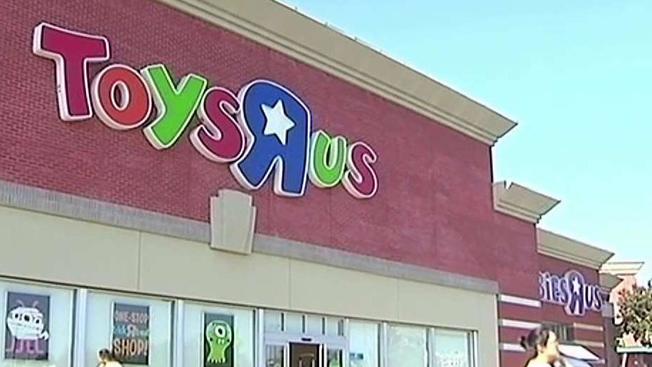[IMGCAP(1)]
ORANGE COUNTY, CA-As GlobeSt.com reported in April, the number of single-family rental homes is on the rise in the post-recession era, as investors hungry for properties find new outlets for capital and many renters choose single-family dwellings over apartment living. The question is, what is all this rental living doing to property values?
The industry experts with whom GlobeSt.com spoke feel that the trend toward renting homes is not negatively impacting property values or eroding pride of ownership in these communities—just the opposite. “Increased investor-owned single-family rental homes and renters will have little negative impact on neighborhoods, but will continue to help promote upgraded homes and neighborhoods along with increased values,” Thomas Testa, CEO of Testa Capital Group in Newport Beach, tells GlobeSt.com. “After 12 to 18 months, investor acquisitions will decline, investor sales will increase and homeownership rates will increase.”
Testa says that investors are raising demand and prices while converting distressed housing in poor condition to upgraded rentals or flips. “Many of the tenants were in a short sale and are now boomerang buyers who make great tenants and eventually buyers. The investor plans to sell after the home appreciates, and the tenant plans to buy as soon as credit issues are seasoned, both with a common goal to enhance the curb appeal and neighborhood.”
[IMGCAP(2)]
David Senden, a principal with KTGY Group Inc. in Irvine, tells GlobeSt.com he believes there is a risk in generalizing that somehow renters are worse neighbors or members of a community than homeowners. “I'd suggest that a mix of rental and ownership, as well as income levels and ages, actually makes for a more vibrant and interesting community. The problem aesthetically happens from the attitude of the absentee owners who often neglect their properties. When this happens on a large scale, it can damage the overall aesthetic of a neighborhood, and this could lead to trouble for those homeowner/occupiers left in the neighborhood.”
Senden adds that the bigger problem in single-family rental communities is more likely unoccupied, institutionally owned homes where the mortgage crisis has caused owners to simply walk away.”
And Manny Gonzalez, also a principal at KTGY, tells Globest.com that a large portion of the renters moving into single-family homes are “the same people who lost that or a similar home during the recent recession and mortgage meltdown. While they don't necessarily have the same pride of ownership they had the first time they moved in, they are still choosing the home for the same reason, location and sense of community.”
[IMGCAP(3)]
Testa says that pride of ownership has been improving since 2012 as distressed and vacant properties in poor condition have been converted to homes and rentals. It has even been increasing as homeownership rates have fallen to historical lows. “Inventory of available homes is historically low due to limited and restricted distressed housing. Pent-up demand is historically high, driven by the combination of boomerang buyers who have recovered from a foreclosure or short sale and are now buyers again back in the market, entry-level Gen-Y buyers, move-up buyers and investors. Low inventory, increased demand and rising prices have left many homeowners back above the underwater mark, also increasing pride of ownership.”
As prices continue to rise, the return on investment will decline, which will render homes less attractive to acquire as investment vehicles and more attractive as sales to capture the gain from appreciation, Testa predicts. “Many large-scale hedge funds and other investors 'parked' capital until the stock market improves. They will convert from landlords to sellers since they acquired housing with limited return on investment during the holding period, hoping that price appreciation would increase the overall return. This will provide more inventory to meet the overwhelming demand with new owner/occupant buyers and with many tenant-buyers who received options to purchase their rental home. Homeownership rates will increase along with enhanced neighborhoods, prices and pride of ownership.”
© 2025 ALM Global, LLC, All Rights Reserved. Request academic re-use from www.copyright.com. All other uses, submit a request to [email protected]. For more information visit Asset & Logo Licensing.







